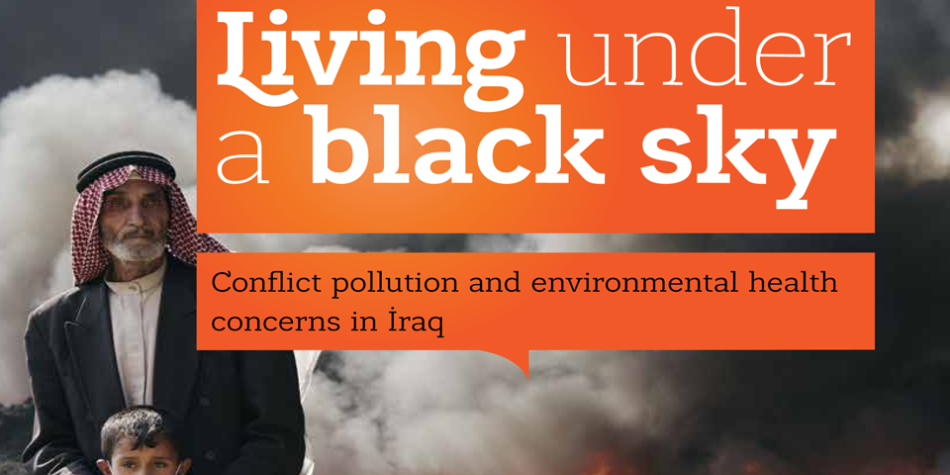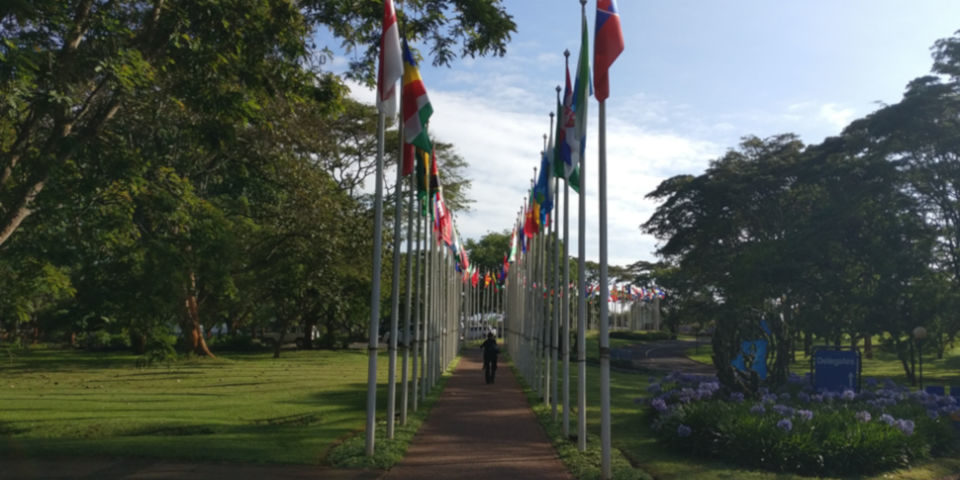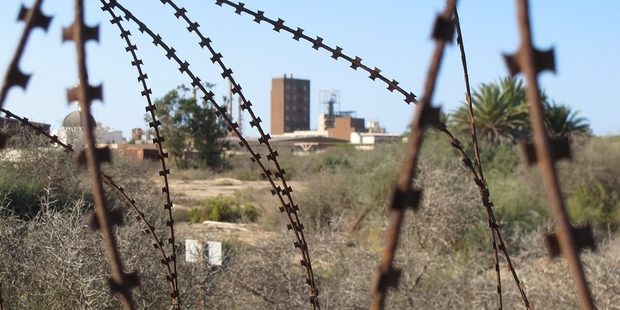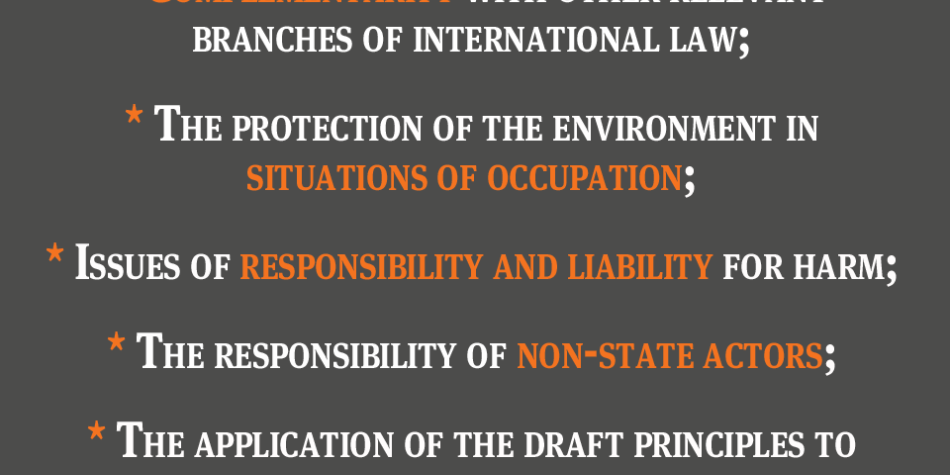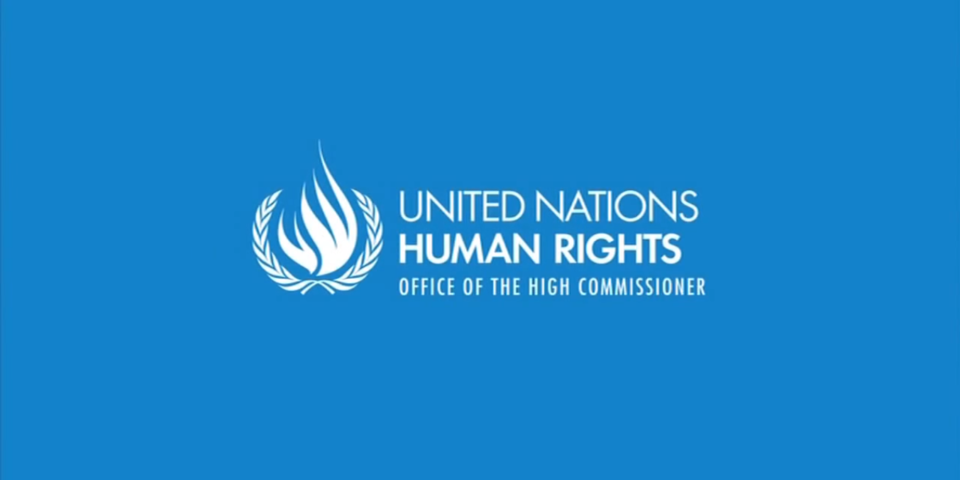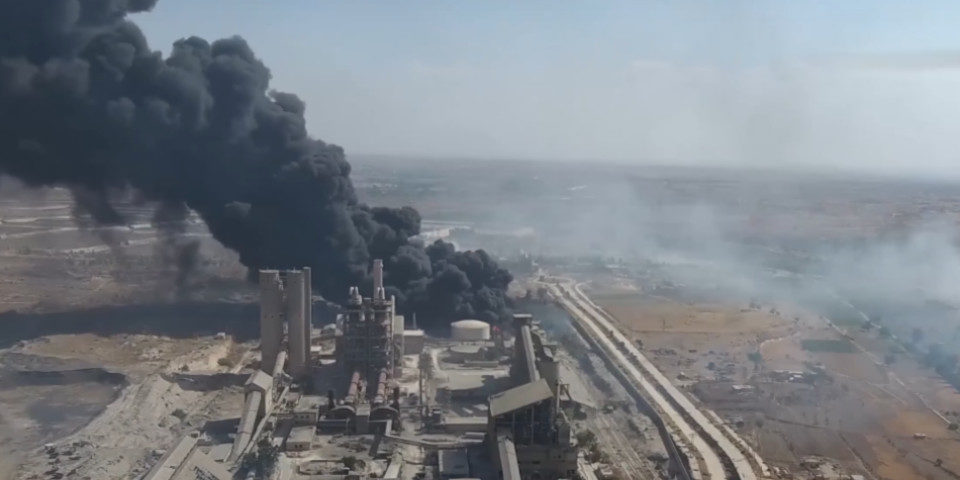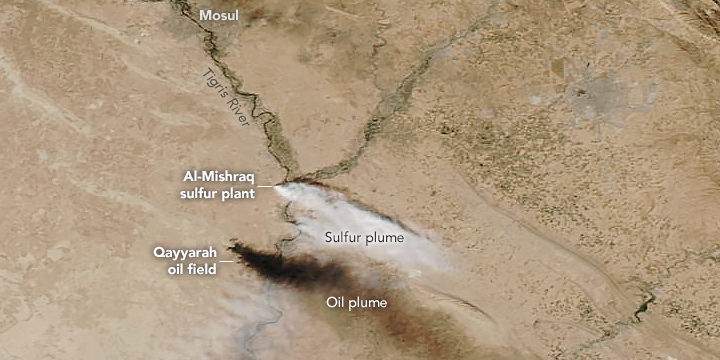Iraqi communities concerned over a polluted future, new PAX research shows
A new PAX report, ‘Living under a black sky’, reveals how the conflict in Iraq has left a toxic trail of destruction,which could have severe health consequences for communities and reconstruction efforts.

